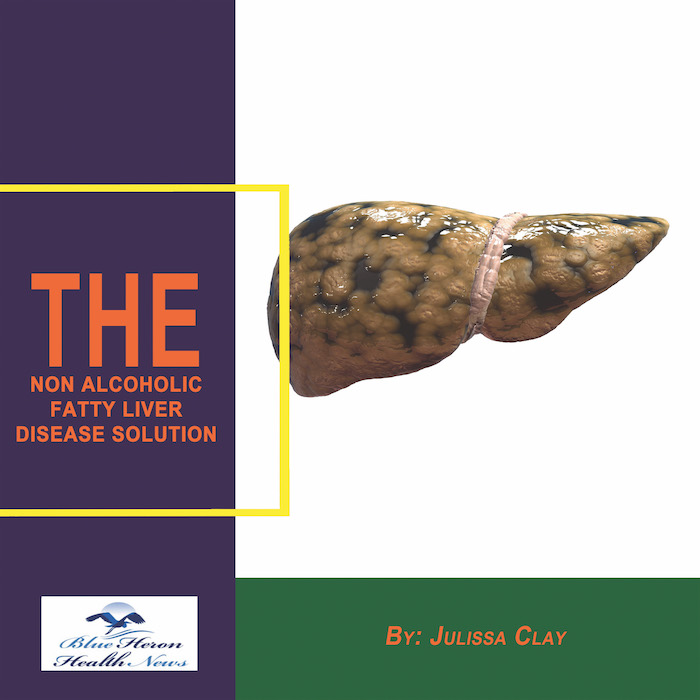
The Non Alcoholic Fatty Liver Strategy™ By Julissa Clay the program discussed in the eBook, Non Alcoholic Fatty Liver Strategy, has been designed to improve the health of your liver just by eliminating the factors and reversing the effects caused by your fatty liver. It has been made an easy-to-follow program by breaking it up into lists of recipes and stepwise instructions. Everyone can use this clinically proven program without any risk. You can claim your money back within 60 days if its results are not appealing to you.
What is the impact of chronic hepatitis C on fatty liver disease?
Chronic hepatitis C can significantly impact the development and progression of fatty liver disease (FLD). The relationship between hepatitis C and fatty liver disease is complex, and the two conditions often coexist. Here’s a breakdown of how chronic hepatitis C influences fatty liver disease:
1. Increased Risk of Fatty Liver Disease (NAFLD or NASH):
Chronic hepatitis C is associated with a higher risk of developing non-alcoholic fatty liver disease (NAFLD) or non-alcoholic steatohepatitis (NASH). These conditions involve the accumulation of fat in the liver without excessive alcohol consumption. While hepatitis C itself can cause liver inflammation, the infection also promotes factors that contribute to fatty liver:
- Insulin resistance: Hepatitis C is often linked to insulin resistance, which leads to higher levels of circulating fats and sugars in the blood. This can promote fat accumulation in the liver and contribute to the development of NAFLD.
- Inflammation: The chronic inflammation caused by the hepatitis C virus can exacerbate the development of fatty liver, progressing to more severe forms like NASH, where the liver becomes inflamed, fibrotic, and scarred.
- HCV-related metabolic disturbances: Hepatitis C infection can cause metabolic changes that favor fat buildup in the liver. Altered lipid metabolism and disruption of liver function increase the likelihood of fatty liver disease, even in the absence of alcohol abuse.
2. Worsening of Liver Damage:
When hepatitis C and fatty liver disease occur together, the overall liver damage is often more severe. Both conditions contribute to liver inflammation, fibrosis, and eventually cirrhosis.
- Progression to cirrhosis: Hepatitis C causes chronic liver inflammation and fibrosis, and when combined with fatty liver disease (especially NASH), the progression to cirrhosis may be more rapid. Cirrhosis is characterized by severe scarring of the liver tissue, which can eventually lead to liver failure.
- Increased fibrosis risk: Studies suggest that patients with both chronic hepatitis C and fatty liver disease (especially NASH) tend to develop liver fibrosis (scarring) more quickly than those with hepatitis C alone. Fibrosis can be assessed using liver biopsies, blood tests, or imaging techniques such as elastography (FibroScan).
3. Liver Cancer Risk:
Both chronic hepatitis C and fatty liver disease, particularly NASH, are risk factors for the development of hepatocellular carcinoma (HCC), which is the most common form of liver cancer. When combined, the two conditions may significantly elevate the risk of developing liver cancer.
- NASH and Cirrhosis: NASH, particularly in the context of chronic hepatitis C, can progress to cirrhosis, which is a known precursor to liver cancer. Hepatitis C itself also increases the risk of liver cancer, making this combination particularly dangerous.
4. Impact on Treatment Response:
The presence of fatty liver disease, especially NASH, can affect the response to hepatitis C treatment:
- Slower response to antiviral therapy: Patients with chronic hepatitis C and fatty liver disease may have a slower or less complete response to direct-acting antivirals (DAAs), the standard treatment for hepatitis C. The presence of liver fibrosis or cirrhosis can complicate the treatment course and make it less effective.
- Liver function assessment: Monitoring liver function in these patients is critical, as both hepatitis C and fatty liver disease can affect how well the liver processes medications, increasing the risk of drug-induced liver injury.
- Need for combination treatment: In some cases, hepatitis C treatment might be combined with therapies targeting NASH or managing associated conditions like insulin resistance or hyperlipidemia.
5. Management Challenges:
Managing patients with both chronic hepatitis C and fatty liver disease can be complex due to overlapping risk factors and treatment considerations. Here’s how these conditions are typically managed:
- Lifestyle modifications: Weight loss, regular physical activity, and a healthy diet can help improve both hepatitis C and fatty liver disease outcomes. In patients with NASH, lifestyle changes are the first line of treatment.
- Control of comorbidities: Managing conditions that contribute to fatty liver, such as diabetes and high cholesterol, can help reduce the impact of fatty liver disease. Controlling insulin resistance is particularly important.
- Medications: While there are no FDA-approved drugs specifically for NASH, certain medications may help manage the condition, particularly those targeting lipid metabolism and insulin resistance.
- Antiviral therapy: Effective treatment of hepatitis C with direct-acting antivirals (DAAs) can reduce liver inflammation and damage. However, it may not completely reverse fatty liver disease or NASH, so additional interventions are often needed.
Conclusion:
Chronic hepatitis C and fatty liver disease often occur together, and their coexistence can worsen liver function and accelerate the progression to more severe liver conditions, including cirrhosis and liver cancer. The management of both conditions requires a comprehensive approach that includes antiviral treatment for hepatitis C, lifestyle changes to address fatty liver disease, and close monitoring of liver function. Early detection and treatment are crucial to prevent further liver damage and improve long-term outcomes for affected individuals.
The Non Alcoholic Fatty Liver Strategy™ By Julissa Clay the program discussed in the eBook, Non Alcoholic Fatty Liver Strategy, has been designed to improve the health of your liver just by eliminating the factors and reversing the effects caused by your fatty liver. It has been made an easy-to-follow program by breaking it up into lists of recipes and stepwise instructions. Everyone can use this clinically proven program without any risk. You can claim your money back within 60 days if its results are not appealing to you